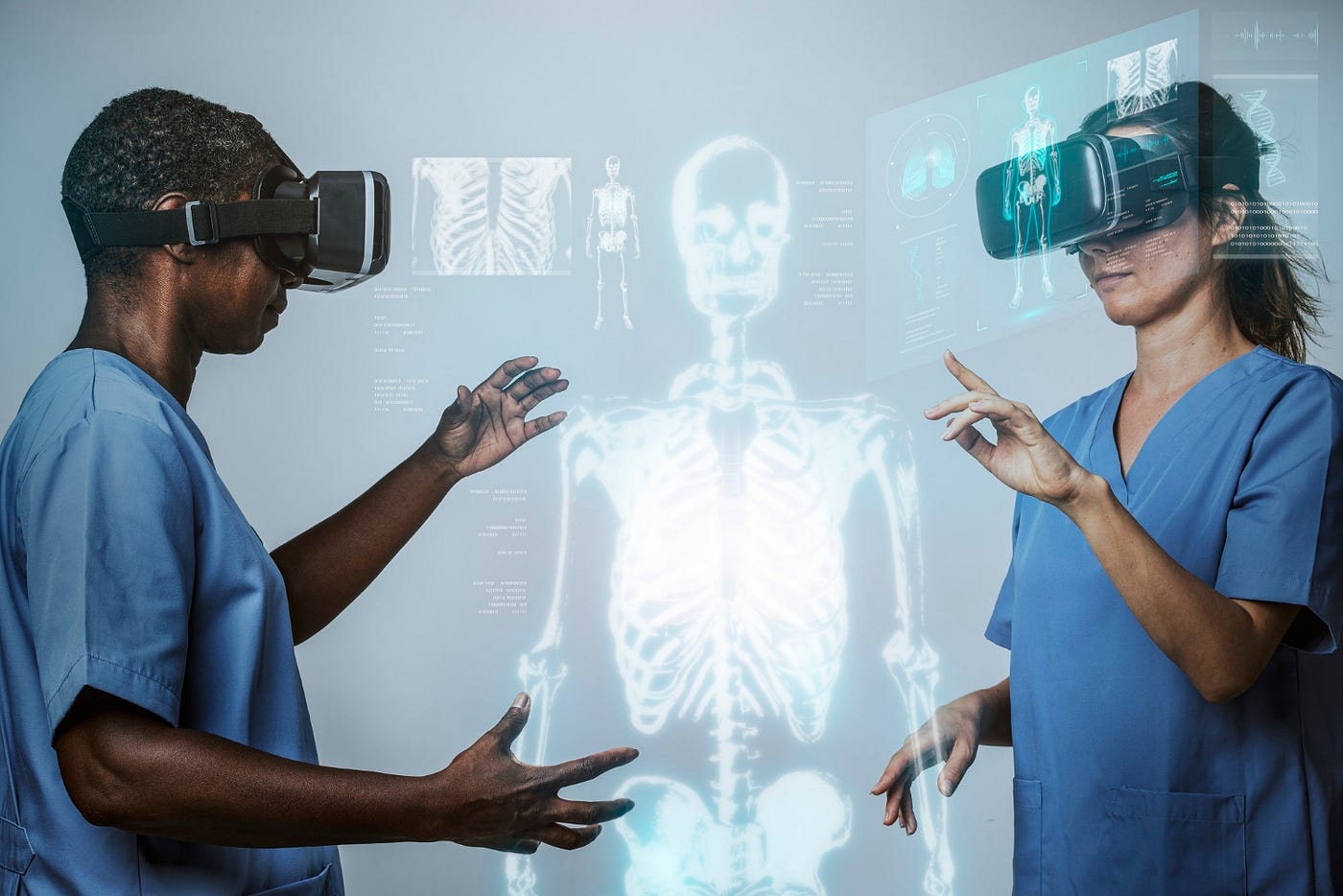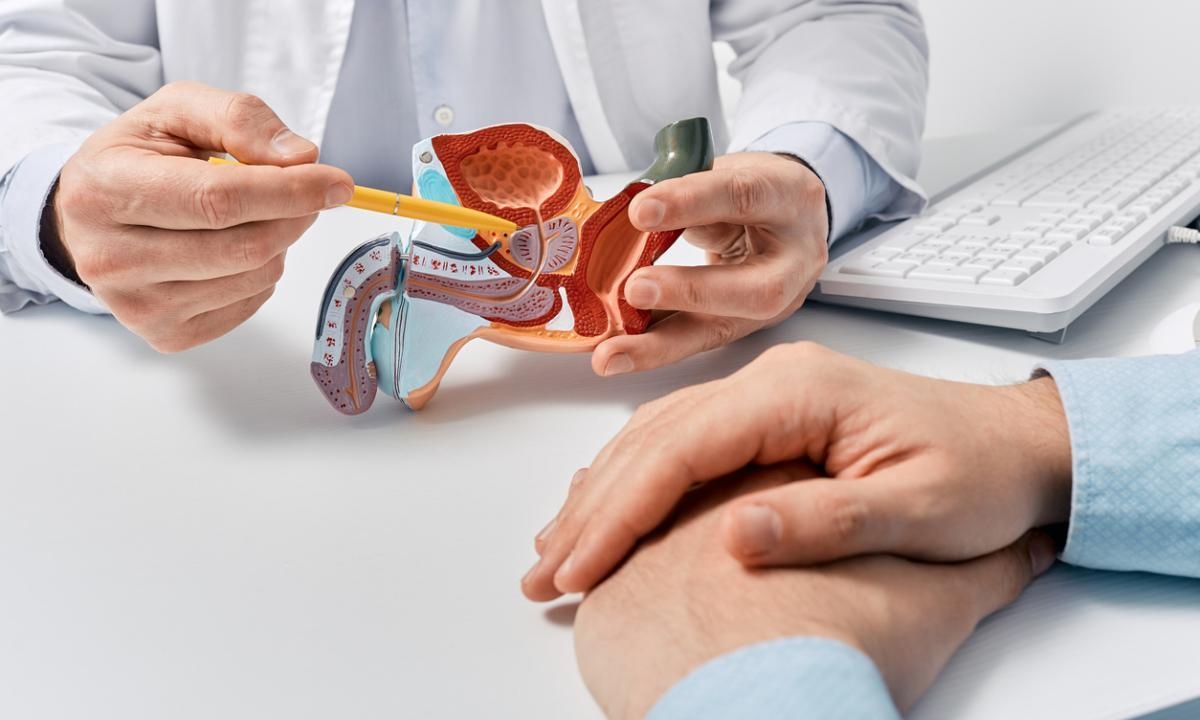Randomized controlled trials (RCTs) remain the trusted standard for assessing an experimental medicine’s safety and efficacy in pharmaceutical development.
RCTs, however, are inherently limited in their capacity to evaluate real-world product effectiveness. For one thing, they are conducted in a curated testing environment that doesn’t account truly for how treatments perform across all patient demographics or communities. They’re also, for what it’s worth, extremely complex and costly. These issues limit the ability to predict accurately the benefits of new treatments in the ‘real world’ and to find the best approach to drive optimal health outcomes. While clinical outcomes research methodologies, like registries, have been developed to assess real-world effectiveness, these approaches take considerable time and effort to definitively conclude.
Luckily, technology advancements powered by the Internet of Things offer a prescription for more effective drug development and real-world therapy optimization. Tech companies have poured investment into devices like smart phones and watches, packing them with technologies to develop high resolution profiles of consumer behavior—in order to shape more personalized, engaging experiences. We have the great potential (and urgent need) to harness these technology advancements to accelerate development of and access to better medicines for patients in need.
One of the most impactful advancements? Remote sensors.
Remote sensors pose two primary benefits for the development of more effective medicines.
(1) First, they can provide clinical researchers with more objective and quantifiable datasets to better characterize a patient’s disease burden and determine how a medicine modulates that burden.
One example is how sensors could be used to measure a patient’s response to pain medications. The current standard for measuring pain is subjective and involves asking a patient to describe the level of pain they’re feeling. Remote sensors, on the other hand, can enable more quantifiable surrogate measures by tracking things like daily activity patterns––measures that help determine whether a medicine enables better mobility and social engagement or otherwise improves a patient’s overall quality of life. Over time, these types of measurements could potentially be developed into digital endpoints that serve to evaluate medicines more effectively and efficiently.
(2) Remote sensors also bear the potential to take health measurements in a continuous, non-invasive way, which enables a higher-resolution understanding of patients’ responses to medicines, often with reduced burden.
For context, in a conventional approach, only limited, discrete data points are obtained in clinical trials. This is because it is often required that trained healthcare professionals take health measurements and record them. The corollary, of course, is that a participant must travel to the clinical research site to have these measurements taken, which is burdensome. Thus, for practicality, measurements are typically taken on a ‘once-a-week to ‘once-a-month’ basis.
This limited window of observation greatly reduces the resolution with which we understand the effects of a medicine on a given patient’s health. And, larger populations of participants are needed to sufficiently power trials than would have otherwise been required if hi-res data was available, potentially introducing greater observational variability. Both of these issues reduce our ability to draw inferences in traditional clinical trials.
At Novartis, we found that remote sensor technology allows us to conduct studies in which we obtain more relevant, higher-res data, thereby requiring a smaller population to power a study. The data also is more representative of how patients actually live, which could enable more reliable conclusions. Also, since these measurements can be taken remotely, it reduces a patient’s burden to travel when participating in clinical research.
Remote sensors will catalyze the seamless blending of RCTs and real-world research methodologies to accelerate development of better, more personalized medicines.
Clinical research, at its core, is really about applying scientific rigor to determine which medicine or therapy will produce the best outcome for a patient. Due to the limitation of current research methodologies and the resulting low-resolution data, we take an averaged population result and apply it to an individual.
In the new digital world, clinical researchers would still employ RCTs, but they could do so at a smaller scale and to more limited ends––like to assess basic safety and efficacy standards. Ideally, a regulatory authority would then agree to a ‘limited release’ of the new medicine. Real-world research powered by remote sensors could then be used to monitor safety and collect data pertaining to that medicine’s efficacy, with much higher frequency and resolution than conventional approaches, potentially allowing for quicker conclusions to be drawn. These two research methodologies could be combined in a coordinated approach to accelerate access to new medicines and more quickly optimize their use to improve health outcomes.
The benefits of this new approach are three-fold: (1) First, it would better balance conducting large, costly RCTs with the collection of more relevant, high-res data pertaining to the effects of a drug in standard clinical practice. This could accelerate the development of new medicines and govern access in a data-driven manner, depending on how well the drug works in improving real-world outcomes for patients. (2) Second, that high-res, real-world data, in turn, could be leveraged to refine our understanding of disease mechanisms and better characterize relevant sub-populations to create more targeted medicines in the future. (3) Third, it could power clinical research methodologies like cross-over and N-of-1 (i.e., single person clinical trials) studies to rapidly tailor doses or combinations of therapies for a particular patient and enable a more personalized medicine approach.
This adjustment would be more akin to how things work in the tech world, wherein minimal viable products (read in this context: products that meet appropriate safety and efficacy standards established by health authorities) are introduced to the end-users and then iterated upon in accordance with real-time feedback.
With a new ability to conduct real-world research in a more systemic and data-rich way, perhaps we as a community could start to adopt these more efficient product development approaches. It’s simply a better way of obtaining the essential understanding we seek.
As it pertains to clinical development, the potential of remote sensor technology, truly, is revolutionary––for healthcare professionals, the pharmaceutical industry, and, most importantly, patients. Remote sensors not only allow for more effective collection of real-world data—which in turn would lead to faster development of more effective medicines—but also support more general democratization of access to trials, in that they reduce the burden of participating in research.
I am inspired by the work that the community is beginning to do in this space, and I urge all of us to seize this opportunity for transformative change. It’s amazing how the technology that you carry in your pocket, wear on your wrist, or possibly talk to at home (ahem ‘Alexa’) has the potential to make a huge impact on creating more effective and better medicines for all.






Comments